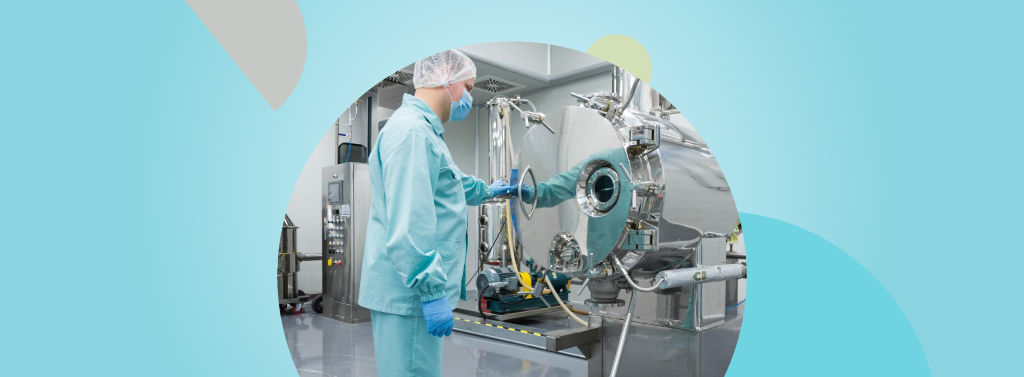-

Exploring Challenges and Solutions in Car Lithium Battery Recycling
As the demand for electric vehicles (EVs) skyrockets, so does the need for lithium-ion batteries (LIBs). However, the increased demand for LIBs has brought scrutiny to the sourcing and disposal of the raw materials used in their production. Improper disposal of LIBs can lead to soil and groundwater contamination due to the hazardous materials they…
-

Top 10 Visionary Startups Transforming the Future of EV Battery Technology
Research in EV battery technology is booming, with startups pioneering flow, solid-state, and improved lithium-ion technologies. Some focus areas include energy density, charging speed, lifespan, and safety, driving sustainable energy adoption, and a growing EV market. Recent advancements in EV battery technology are leading to a steady shift from traditional lithium-ion batteries toward solid-state batteries.…
-

5 Hidden Heroes of the EV Battery Industry: Small Companies Making Big Waves
With increasingly louder calls for sustainable and greener transportation have prompted a significant rise in EV sales. This, in turn, has invariably fueled the growth of the EV battery industry spurred by the rising demand for high-performing batteries. The global demand for EV batteries surpassed 750 GWh in 2023; a 40% rise compared to 2022. …
-

Methane-Based EV Battery: A Sustainable Solution or Pipe Dream?
Introduction Methane, a simple hydrocarbon (CH₄), is abundant and can be sourced from both fossil fuels (natural gas) and renewable sources (biogas). It can be processed into hydrogen, carbon, and other compounds through methods such as pyrolysis and reforming, which can then be used to create EV battery components. This contribution can be reformed in…
-

The Science Behind State of Charge and Its Impact on EV Battery Efficiency
Introduction Improvements in the State of Charge (SOC) significantly enhance electric vehicle performance by reducing range anxiety, extending battery life, and ensuring better energy efficiency. This promotes consumer confidence and drives the adoption of EVs. SOC denotes the percentage of remaining usable capacity within the battery. Operating an EV at extremes of SOC (very high…
-

How is Solidion Technology Inc. Revolutionizing EV Battery Range
Despite the Global EV growth reaching 35% year-on-year in 2023 to reach 14.2 million units, issues such as limited range, high upfront costs, and insufficient charging infrastructure are major barriers to widespread EV adoption. For example, most electric cars can travel an average of 300 km (186 miles) on a single charge. Also, Volvo found…
-

Understanding the Impact of Charging Habits on EV Battery Reliability
Introduction EV battery reliability is dependent on maximizing the number of charge/discharge cycles and minimizing capacity fade. EV batteries lose efficiency with a self-discharge rate exceeding 5% in 24 hours. Dropping below 80% capacity indicates the battery’s nearing replacement. This can occur due to high-power DC fast charging that generates heat, accelerating degradation. Similarly, extreme…
-

Pioneering a Sustainable Tomorrow: ATESS’ Advanced Energy Storage and EV Charging Solutions
At present, the global EV market landscape is populated by a mix of seasoned automobile players and new-age mobility startups. It is safe to say that the competition is more fierce than ever before, compelling manufacturers to innovate continually, especially when it comes to EV charging solutions. That said, there is no shortage of ideas…
-

Polestar and StoreDot Showcase Fast-charging EV Batteries
As the calls for sustainability and greener transportation grow louder, electric vehicles (EVs) have emerged as a clear winner to address this barrier. EVs accounted for around 18% of the total cars sold worldwide in 2023, against 2% in 2018. Additionally, Leading EV manufacturers, including BYD, Tesla, Volkswagen, and BMW Group, have proactively responded to…
-

How Direct Lithium Extraction Revolutionizes EV Battery Recycling
Electric vehicles made significant inroads in the U.S. market in 2023. A record 1.2 million buyers opted for EVs, demonstrating strong growth from the 5.9% market share in 2022. This surge brings the total EV share of the U.S. vehicle market to 7.6%, according to estimates. Lithium-ion batteries (LIBs) are an essential source of energy…